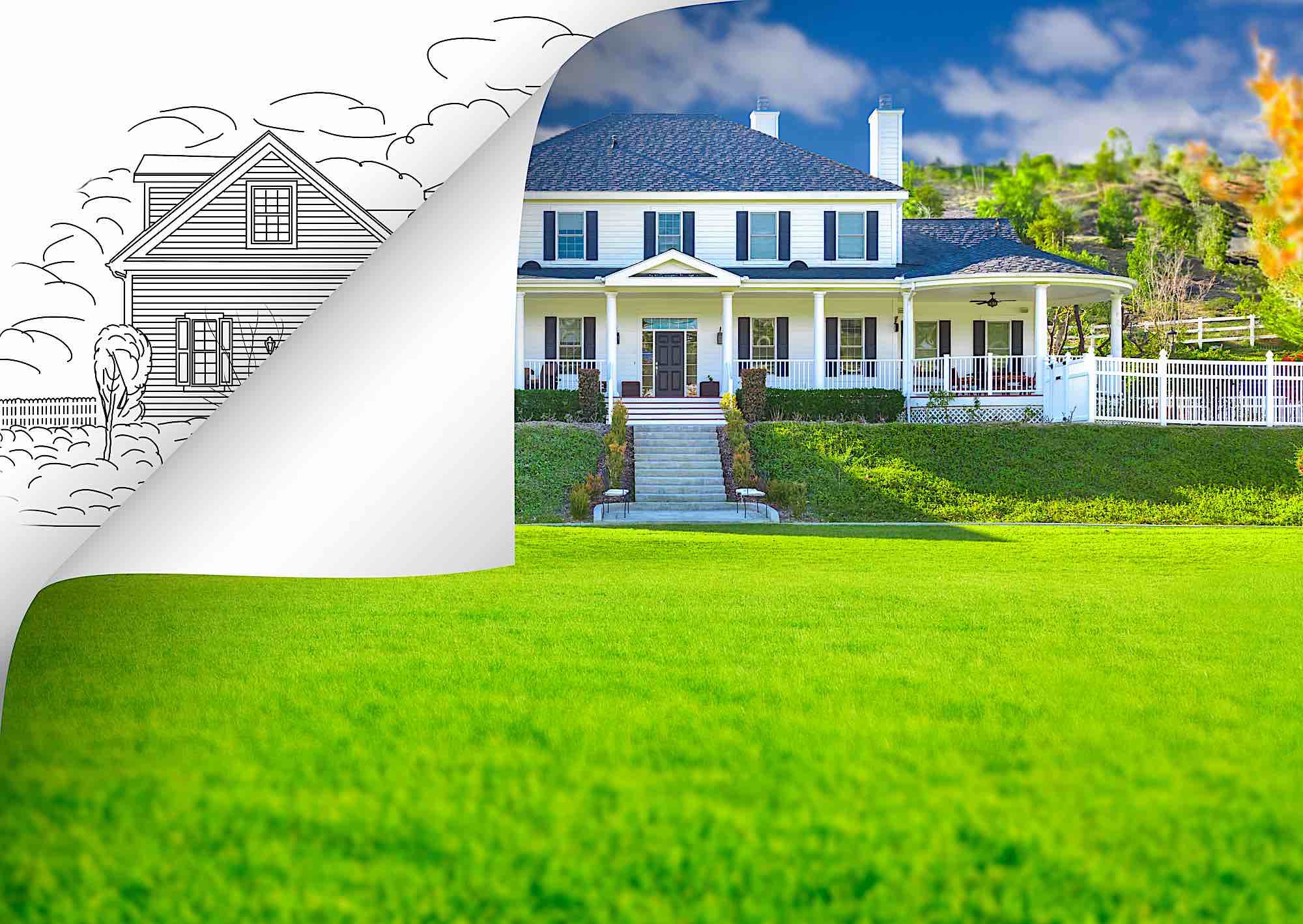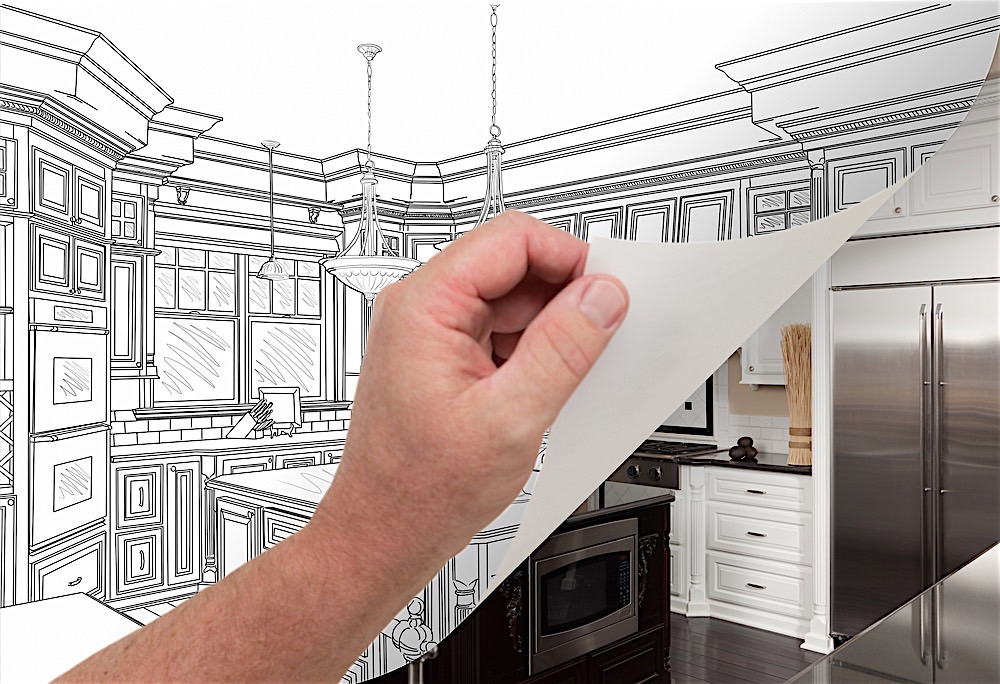Anyone can rehab a property, but not everyone will be successful at it. From the outside it would appear that all you need to do is buy a property, throw some money at it and wait for offers to pour in. If you have ever flipped a house before you know that this is not the case. There are several seemingly minor things that can ultimately have a huge impact on your bottom line. Omitting, or ignoring, these important steps can make all the difference between an average return on investment and a significant one. Sometimes knowing what to avoid is more helpful than knowing the right steps to take. Here are five common rehabbing mistakes you should avoid at all cost.
- Looking at purchase price alone. Inexpensive does not always correlate to a positive ROI. There are times when you will legitimately get a good deal on a property and other times the asking price is fools gold. Just because you get a discount from the asking price doesn’t necessarily mean you got a good deal. With any property you need to do your own due diligence and come up with a value and a purchase number that works for you. It is common for a seller to value their property much more than they should. They have an attachment that the public does not, and they ignore the data in front of them. As an investor you should only use data as your guide. You need to factor in the condition, potential value added, market appeal, cost of repairs and time commitment and come up with a number that works for you. If the price is still too high, it is ok to try to negotiate and get the seller to see things your way. If not, you need to walk away and move on to the next property.
- Doing work yourself. Real estate investing is very much about picking and choosing your battles carefully. There is a fine line between saving money and creating a greater expense. Just because you can do some, or most, of the work on a rehab doesn’t necessarily mean that you should. There are a couple of important reasons for this. One, unless you are a professional in multiple areas the quality of work will suffer. Improvements on a rehab are not the same as improvements on a rental property. With a rental you can get away with putting a Band-Aid on a problem until the end of a lease. With a rehab, everything must be perfect. If a buyer sees substandard work, they will submit a substandard offer. Secondly, you must consider how much time you are adding doing the work on your own. Every day you own the property is costing you money. An extra 30-45 days can add thousands in expenses. This may not seem like much but at the end of the day it does impact your bottom line.
- Poor budgeting. The goal of any rehab is to realize a profit. The reality is that you can make your budget and projections to look any way you like. By taking the best case on some items all you are doing is hurting yourself down the road. When you start your project, you will quickly realize that you may have shortchanged the work needed and need more capital. Without working capital, you will make short sighted decisions that will negatively impact your bottom line. You will try to cut corners where you shouldn’t and everything on the project will suffer. On almost every project you will spend more than you anticipate. Always give yourself a buffer and do everything you can do stick to your budget without missing the big picture.
- Unrealistic ARV. Improvements don’t necessarily equal value. One of the biggest mistakes rehabbers make is assuming the market will agree with their value. Before even making an offer, you need to know everything about the market. Look at all previous sales and current listings. See if you can pick up anything about buyer preferences that you can use on your rehab. Over improving a property does not mean you will sell for a higher price. You need to know the market and the buyers in it. If you are unrealistic in your ARV you will put unnecessary work in which will diminish your return.
- Rehabbing to pattern. All rehabs are not the same. It is important to recognize when you need to change gears and stray from your usual pattern. It is also essential to keep your personal preferences out of your rehabs. Something you would do for your primary residence may not make much sense for a rehab property. Trends are nice, but they don’t work for every property. Listen to the advice of the people around you and be willing to shift gears every now and then. If you rehab the same on every property in every market eventually you will be stuck with a finished product that doesn’t move. This leads to a price reduction that ultimately forces you to take much less than you ever thought at the start of the project.
For all the upside that rehabbing offers, it is not without some landmines and pitfalls. There are many mistakes to avoid but focus on these five common rehabbing errors.






